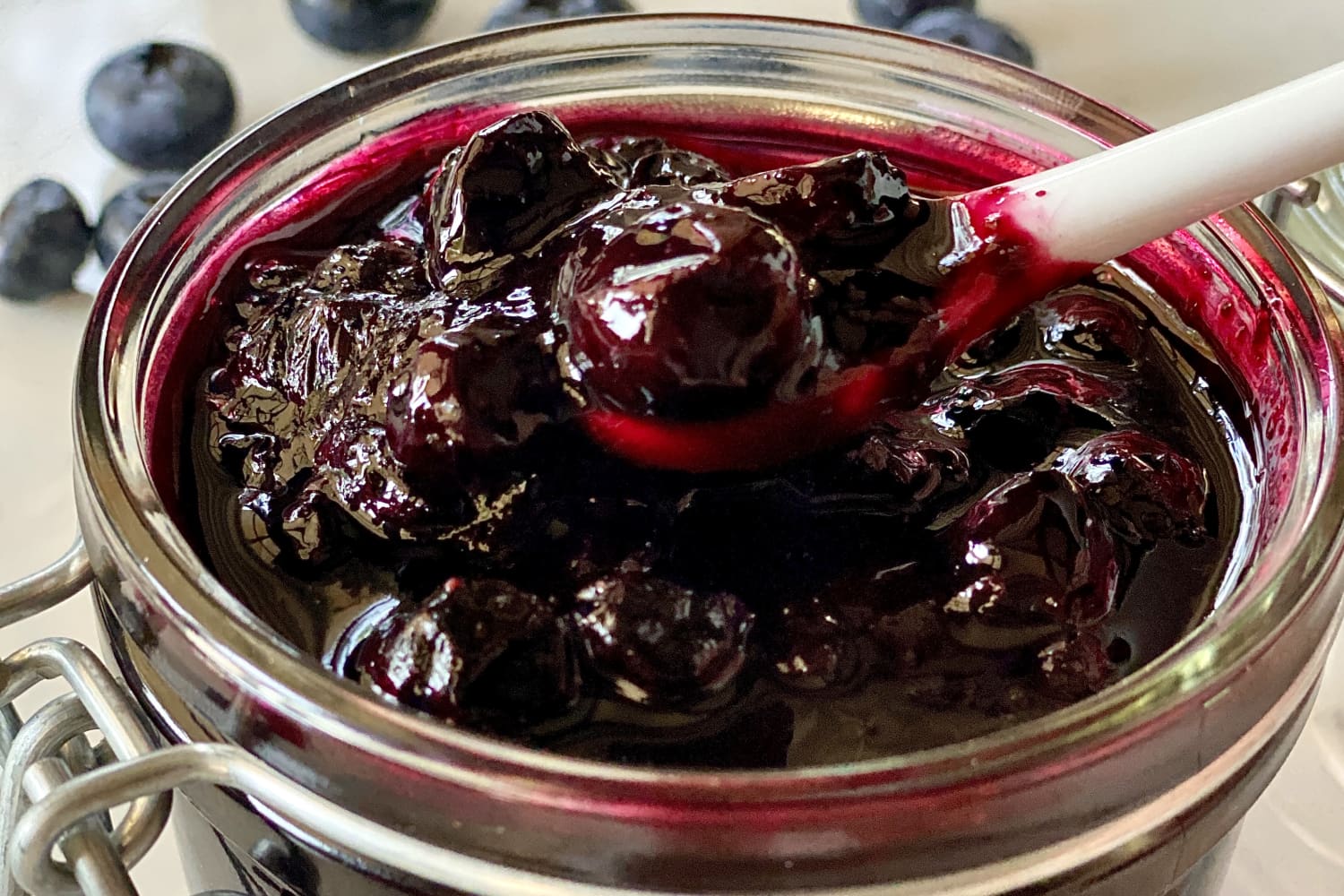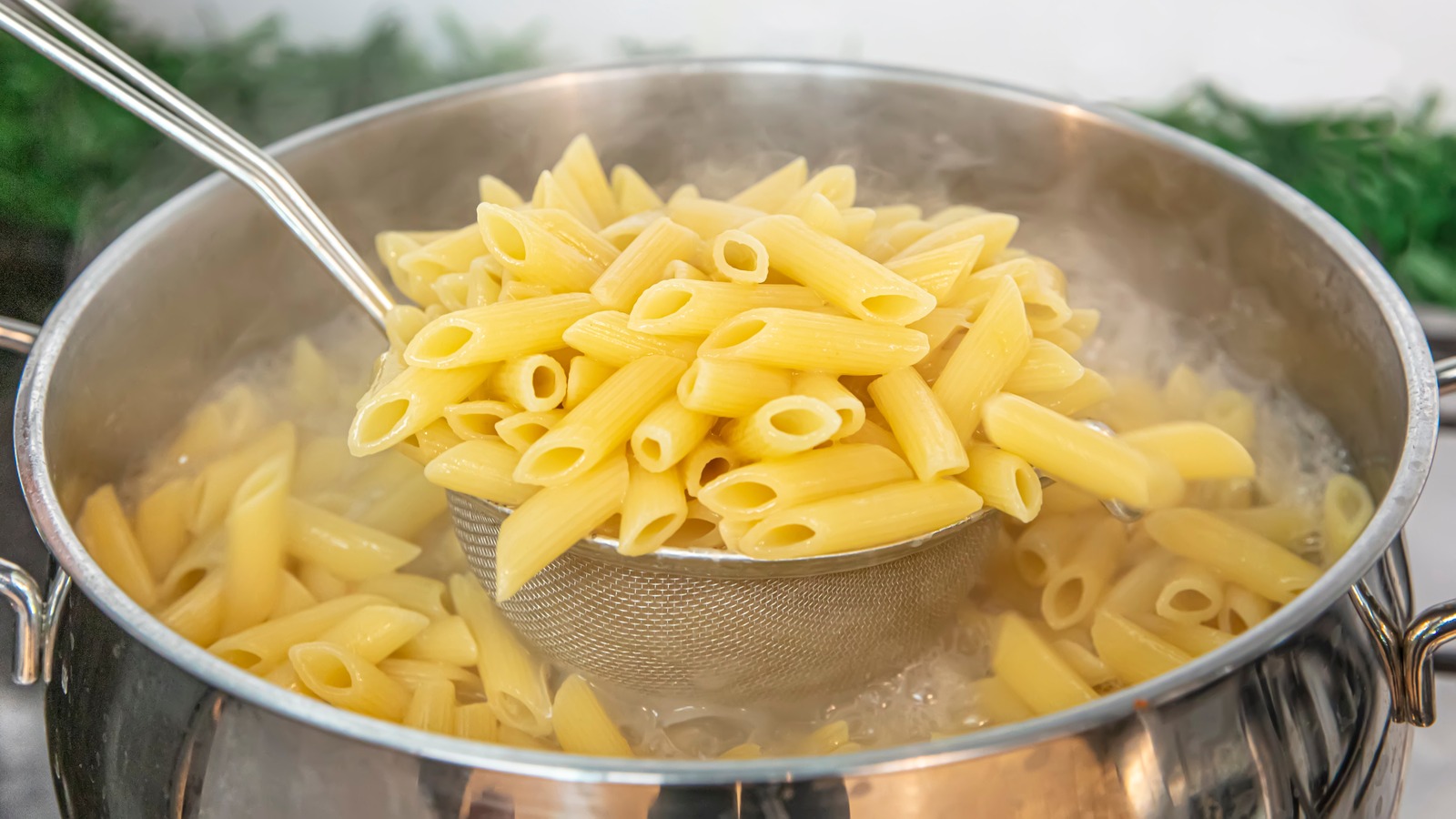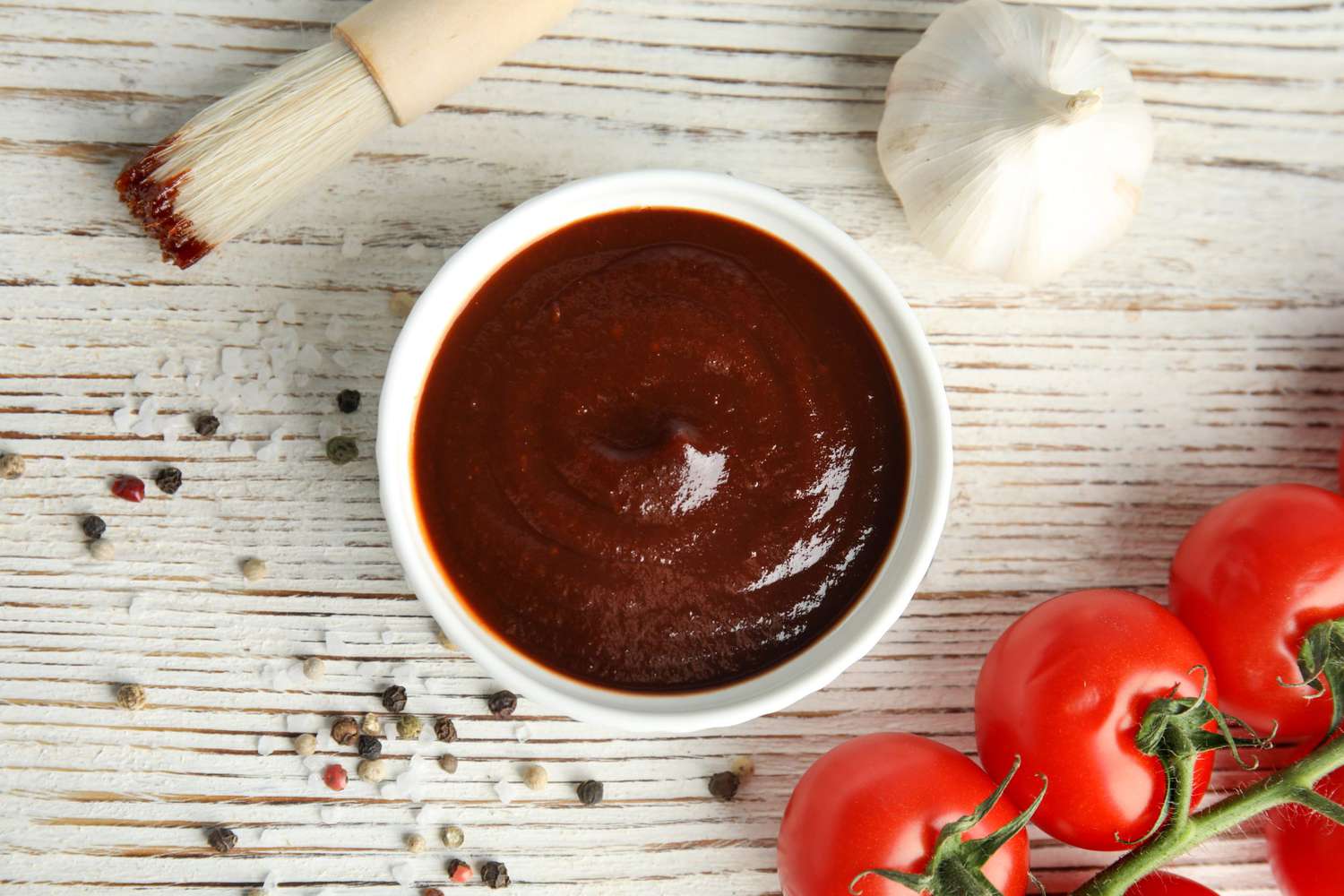Aubergine, also known as eggplant in North America, is a versatile and nutritious vegetable that is widely used in various cuisines around the world. This glossy, purple-skinned vegetable belongs to the nightshade family, which also includes tomatoes and bell peppers. In this article, we will explore the origins, nutritional benefits, and culinary uses of aubergine.
Origins and Varieties
Aubergine is believed to have originated in India, where it has been cultivated for over 4,000 years. From there, it spread to other parts of Asia, the Middle East, and eventually Europe. Today, there are numerous varieties of aubergine, ranging in size, shape, and color. Some popular varieties include the classic deep purple eggplant, as well as smaller, elongated Japanese and Italian varieties.
Nutritional Benefits
Aubergine is a low-calorie vegetable that is rich in fiber and a variety of essential nutrients. It is a good source of vitamins and minerals, including:
- Vitamin C
- Vitamin K
- Vitamin B6
- Folate
- Potassium
- Manganese
Additionally, aubergine contains antioxidants such as anthocyanins, which have been linked to various health benefits, including:
- Reduced risk of heart disease
- Improved cognitive function
- Anti-inflammatory properties
Culinary Uses
Aubergine is a highly versatile vegetable that can be prepared in numerous ways. Its mild flavor and meaty texture make it a popular ingredient in many dishes. Some common cooking methods for aubergine include:
- Grilling: Slicing aubergine and grilling it brings out its natural sweetness and adds a smoky flavor.
- Roasting: Roasting aubergine in the oven with olive oil and seasonings creates a tender and flavorful dish.
- Frying: Frying aubergine slices or cubes until golden brown is a popular method in many cuisines.
Aubergine is also a key ingredient in several classic dishes from around the world, including:
- Ratatouille: A French Provençal stewed vegetable dish that includes aubergine, tomatoes, and other seasonal vegetables.
- Baba Ghanoush: A Middle Eastern dip made from roasted aubergine, tahini, and various seasonings.
- Moussaka: A Greek casserole dish that layers aubergine with spiced meat and creamy béchamel sauce.
Tips for Selecting and Storing Aubergine
When selecting aubergine, look for ones that are firm, smooth, and free of blemishes. The skin should be shiny and the stem and cap should be green. To store aubergine, keep it in a cool, dry place or in the refrigerator for up to five days. It is best to use aubergine soon after purchasing for the best flavor and texture.
In conclusion, aubergine is a nutritious and versatile vegetable that can be enjoyed in a wide variety of dishes. Whether grilled, roasted, or fried, aubergine adds a unique flavor and texture to any meal. With its rich history and culinary adaptability, aubergine continues to be a beloved ingredient in kitchens around the world.
Was this page helpful?
Read Next: What Is Cheese?











